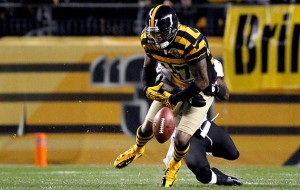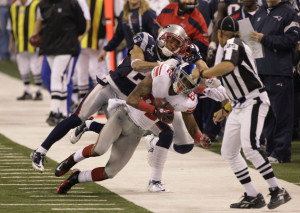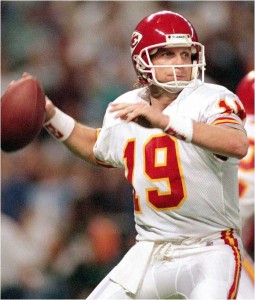Last August, I looked at the 2011 age-adjusted team rosters. I have reproduced the intro to that post below:
Measuring team age in the N.F.L. is tricky. Calculating the average age of a 53-man roster is misleading because the age of a team’s starters is much more relevant than the age of a team’s reserves. The average age of a team’s starting lineup isn’t perfect, either. The age of the quarterback and key offensive and defensive players should count for more than the age of a less relevant starter. Ideally, you would want to calculate a team’s average age by placing greater weight on the team’s most relevant players.
Using Pro-Football-Reference’s Approximate Value system, I calculated the weighted age of every team in 2012, with the weight for each player being proportionate to his contribution (as measured by AV) to his team. You don’t have to use AV — Danny Tuccitto did an excellent job producing age-adjusted team rosters based on the number of snaps each player saw — but since AV is what I’ve got, AV is what I’ll use.
The table below shows the total AV for each team in 2012. The table is sorted by the team’s average (AV-adjusted) age. I’ve also included the offensive and defensive AV scores and average ages for each team.







